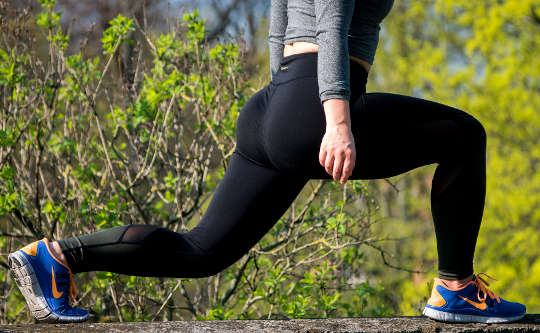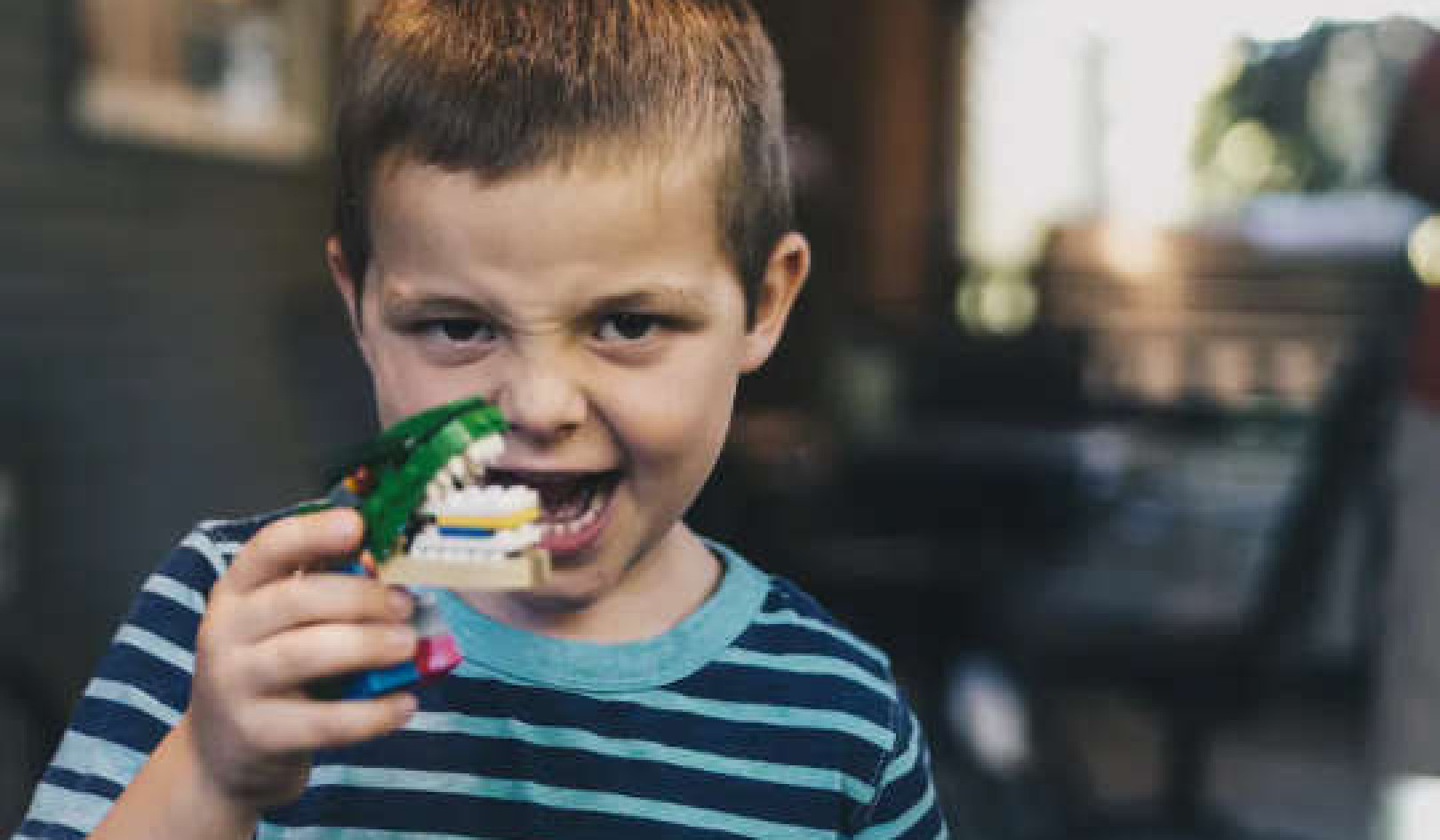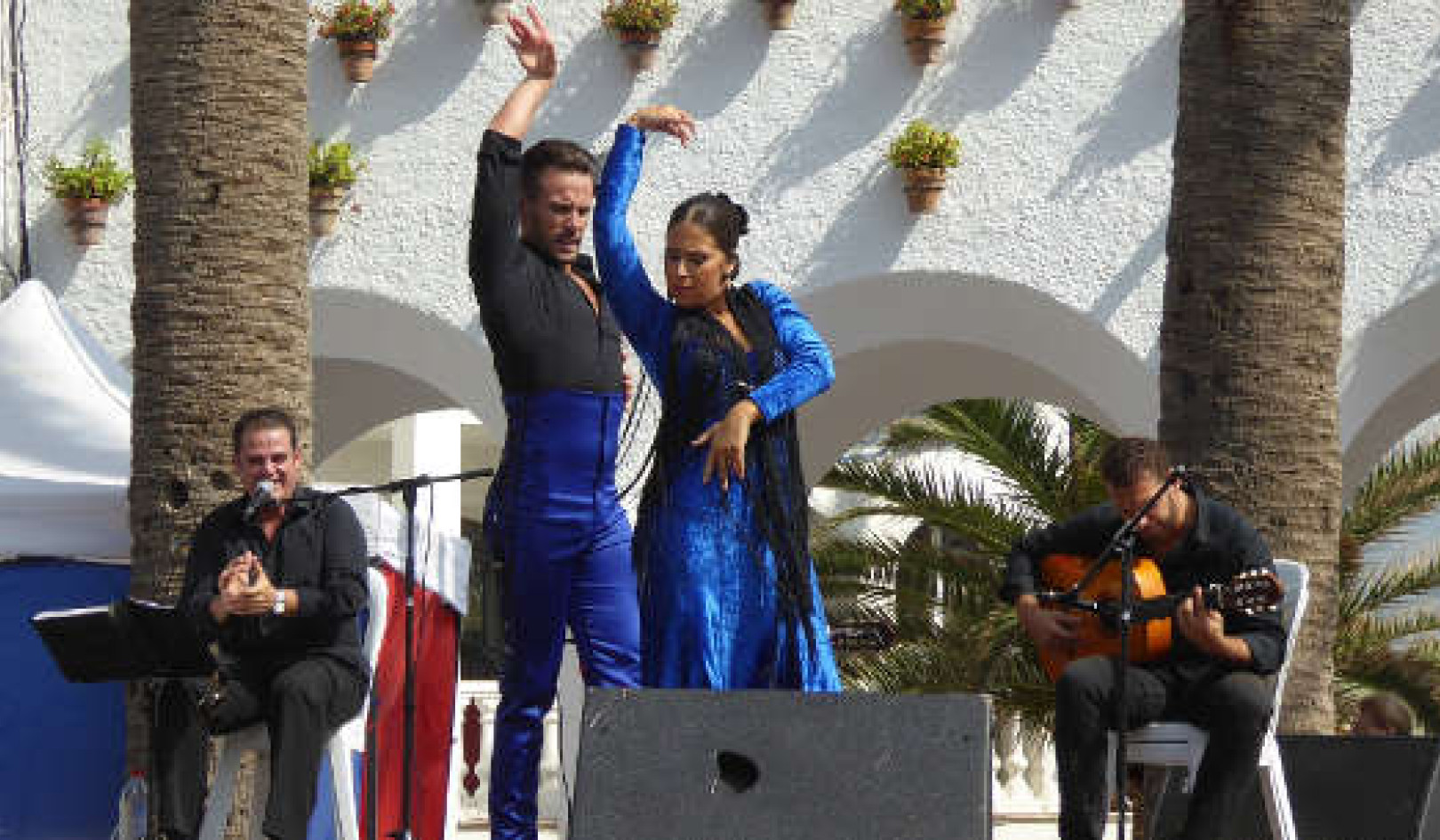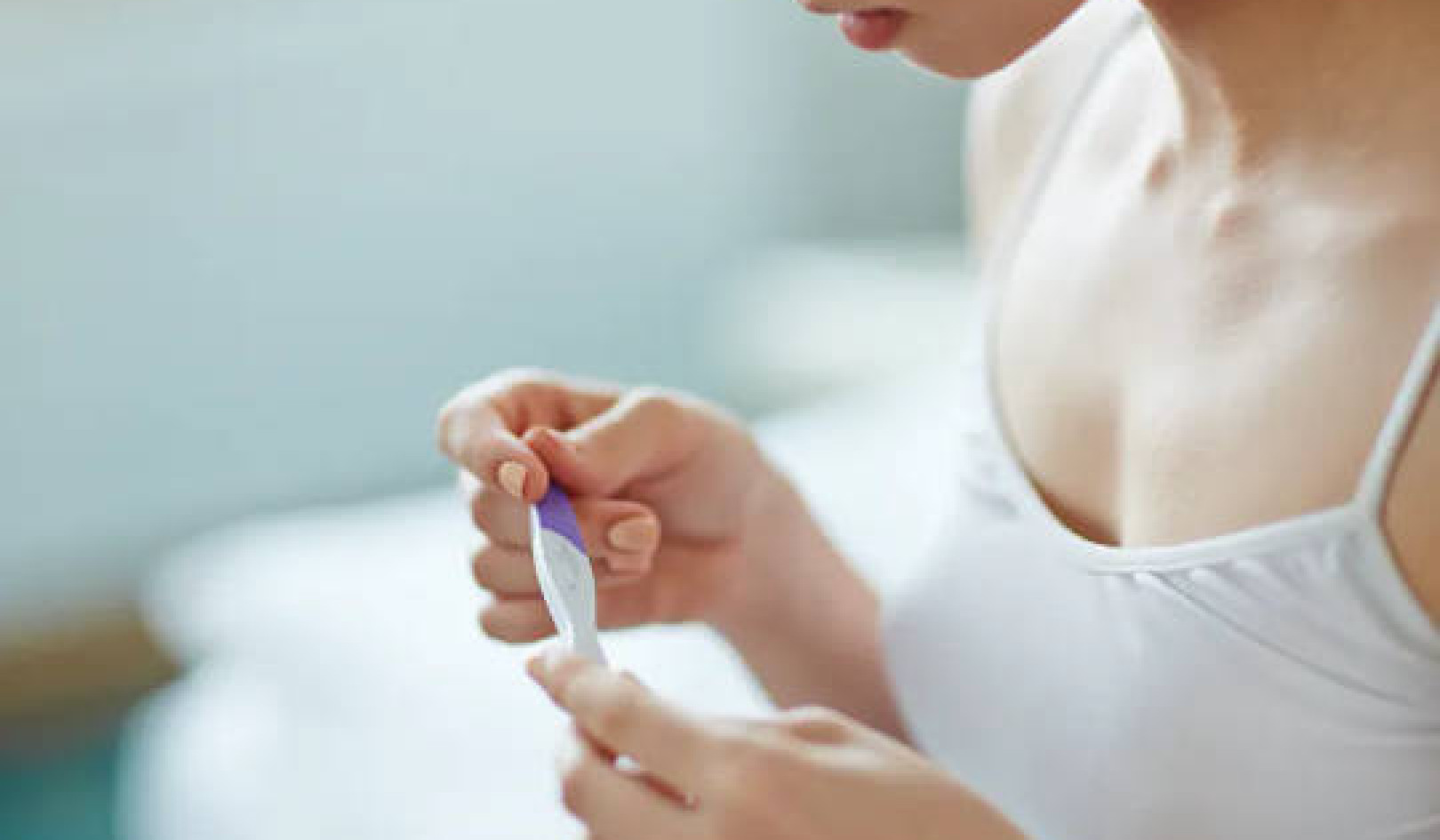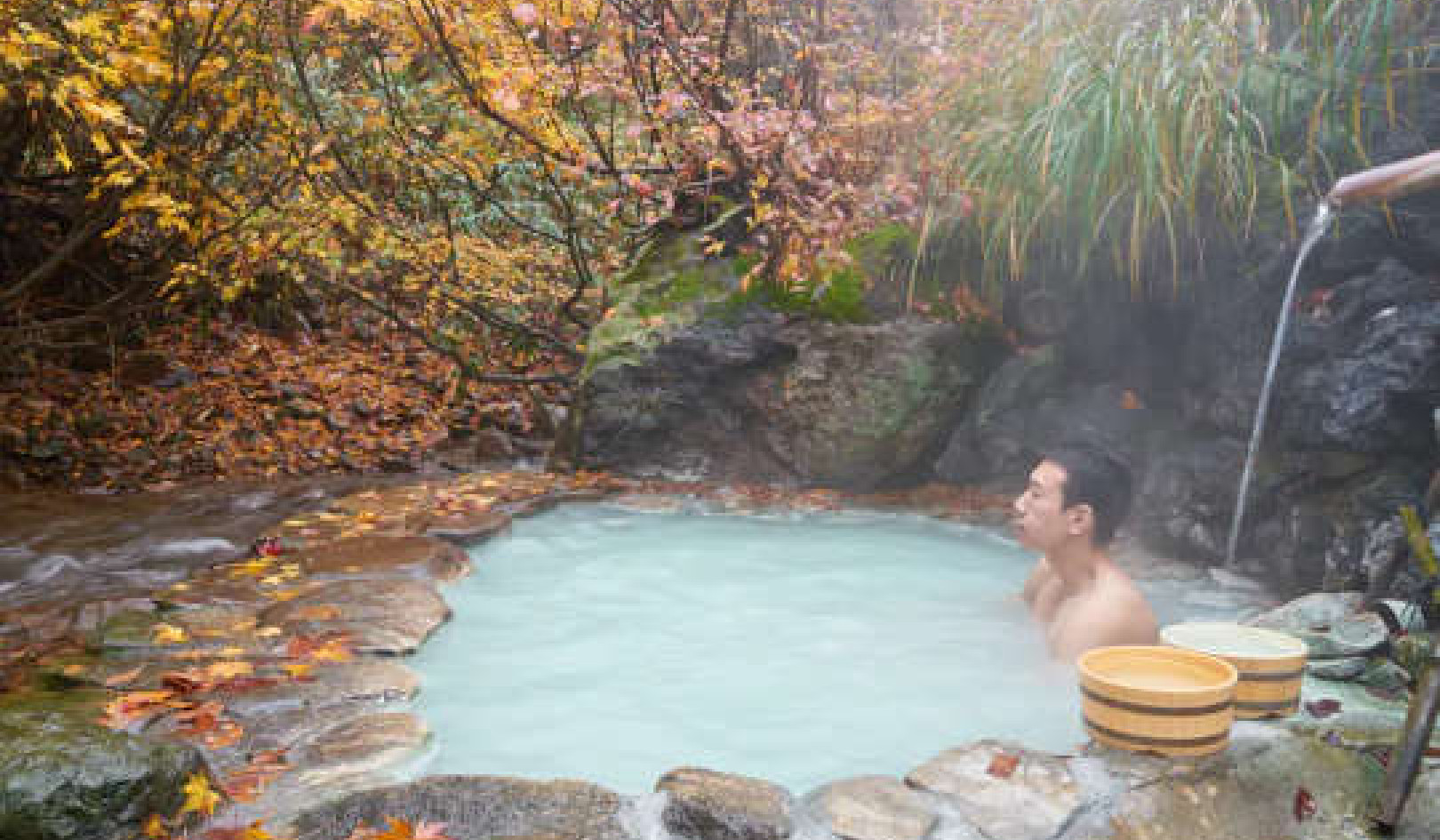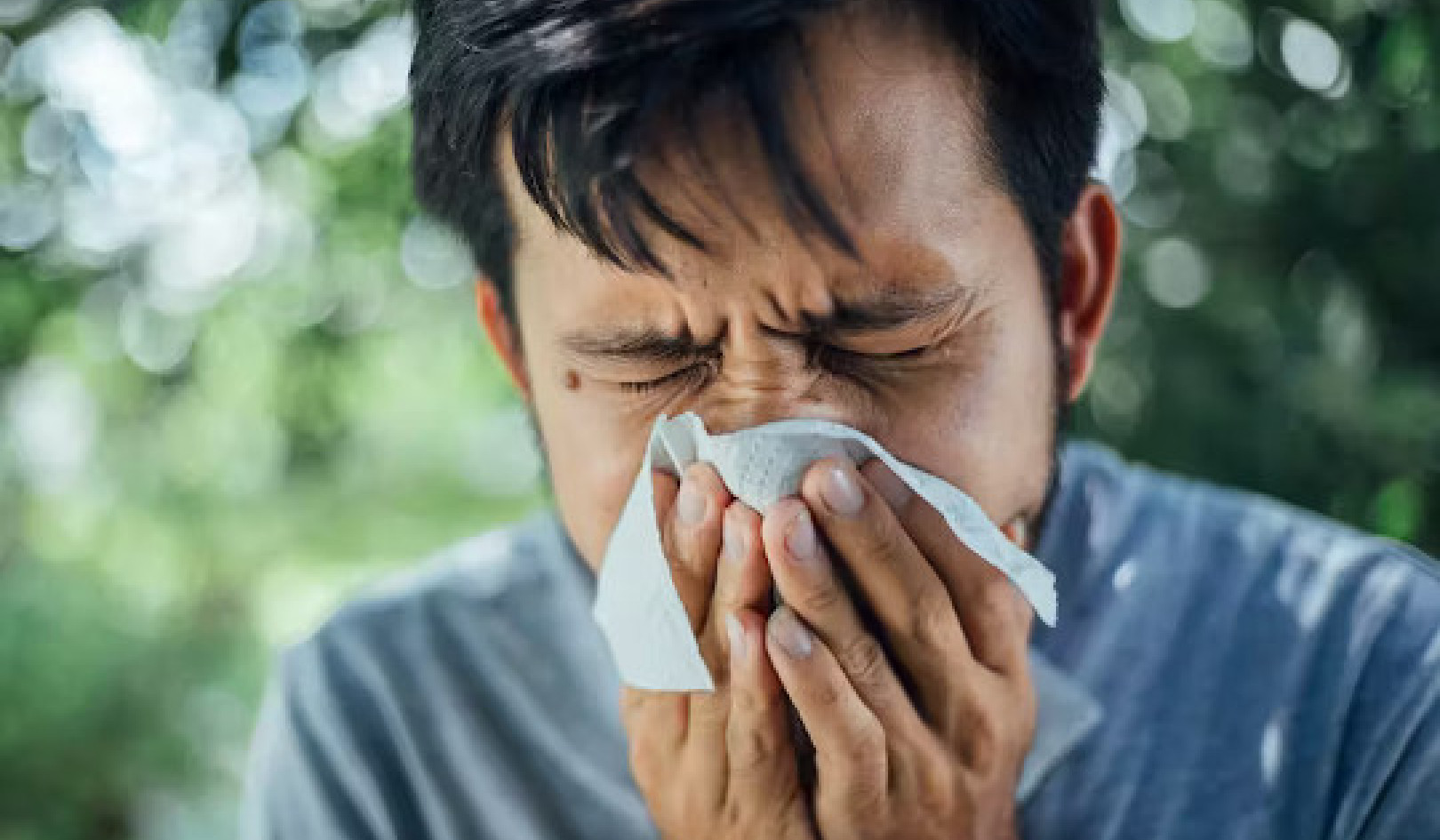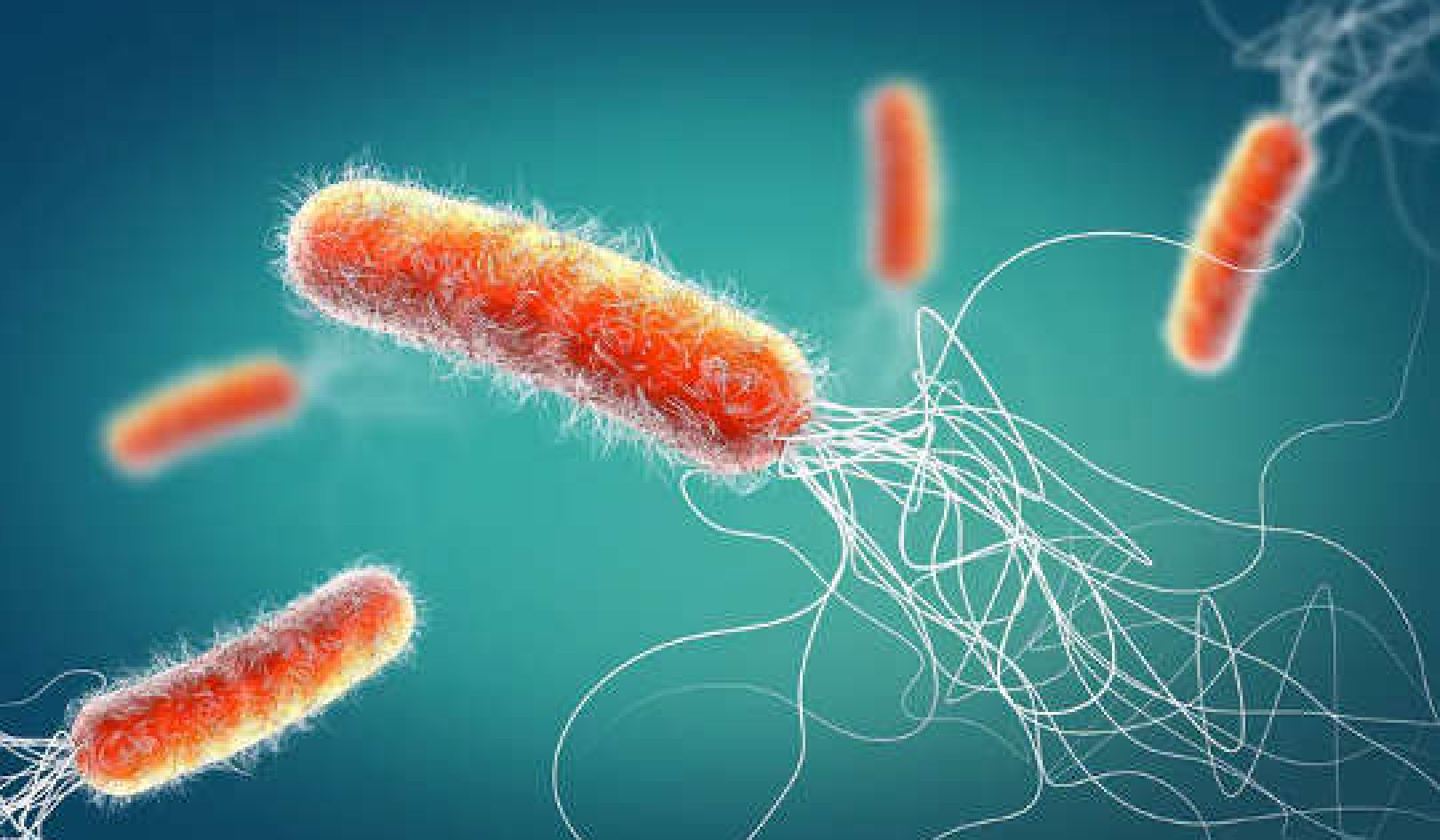Daily and Frequent Movement
Building core strength (the muscles in the core of our body), maintaining proper joint and spine alignment, and developing solid support structures all enable us to function better with less pain. There is evidence that certain types of movement, such as yoga, water exercise, Pilates, and tai chi, reduce orthopaedic pain, and if these fit into your lifestyle, then that is great! But if not, that is okay, too.
Other forms of daily and frequent movement, with a combination of aerobic and strength-building exercises, also help reduce spine, musculoskeletal, and joint pain. The goal is to increase movement in any way that works for you, from formal classes to spurts of additional activity throughout the day. Any change in your activity level should also be discussed with your physician.
Aerobic exercise is movement vigorous enough to raise our heart rate and respiratory rate for a continuous period. It improves both endurance and strength and can reduce inflammation. If you’re just starting out with exercise, aim for fifteen to thirty minutes of movement at a light to moderate level, like an outdoor walk.
Strength training involves shorter bursts of repeated movements (reps) aimed at strengthening specific muscle groups. It typically involves working against resistance in the form of weights, weight machines, resistance bands, or your own body weight. It’s best done every other day to allow time for your muscles to recover in between sessions. Start out with light weights or resistance, aiming to be able to do two or three sets of ten to twelve reps of each exercise (with brief rests between sets), and increase the weight as you progress.
Get The Latest By Email
High-intensity interval training (HIIT) involves short, intense periods of movement followed by brief recovery periods, often lasting less than fifteen minutes in total. Many people laud HIIT as an effective and time-efficient workout. In addition, studies show that HIIT reduces inflammation and helps regulate body fat composition and blood pressure.
Although many of the HIIT routines available on the internet are very challenging, there are also gentle options, including routines that can be done in a swimming pool. A study of older adults with rheumatoid arthritis found that an HIIT walking program — brief periods of rapid walking alternated with slower walking — reduced inflammation, joint swelling, and immune dysfunction. Studies involving HIIT and chronic low back pain have reported similar improvements in reducing pain and disability and increasing function.
Gravity Breaks
While daily movement helps reduce pain and inflammation, it is important to remain within your tolerance level. Many people with spine pain find gravity breaks to be extremely helpful — giving our spine and joints a break from the pressure of gravity. If possible, lie down for fifteen to twenty minutes in the middle of your day.
For many retired people, a good time for a gravity break is between 2 and 3 p.m. It is a great time to practice a relaxation exercise, read, or watch television. If you are at work, you might have to take a mini gravity break on a mat or in your car, or lie down as soon as you get home.
The Great Outdoors
strongly recommend outdoor activities. Being outside reduces stress and inflammation and raises our mood and sense of well-being. A review study including over eight hundred young adults showed that outdoor exercise resulted in less tension, anger, and depression and a greater sense of enjoyment and well-being than indoor exercise. A mindful walk is one of the most revitalizing things you can do for yourself.
Being mindful means being present and engaging all your senses in your surroundings. In Japan, there is practice called forest bathing, which involves taking a mindful nature walk. You don’t have to have a forest on your doorstep: the practice simply involves unplugging and reconnecting with nature. Research studies have confirmed that forest bathing reduces physical, mental, and emotional stress, lowers stress hormones, subdues the fight-or-flight system, and activates the relaxation response.
All these mind-body responses help reduce chronic pain and inflammation. Some people call outdoor exercise green exercise, and some physicians write prescriptions for it! No matter what we call it, outdoor activity improves our lives.
Like other living beings, humans need plenty of water, fresh air, nutrients, sunshine, rest, strong roots, and a nurturing community in order to thrive.
Revitalizing with activity improves sleep, mood, and resilience, and lowers stress. It can be an opportunity to connect with the outdoors and loved ones.
Setting Activity Goals
Microboosts can add up to big pain relief. For everyday activity, it’s important to set an achievable goal. Resolving to start hiking for an hour every day may not be realistic because of time constraints, fitness level, pain, or the weather. A better goal may be committing to fifteen minutes of extra movement a day.
Whatever you choose, track your activity on your phone or fitness device, or keep a journal. Make your goal specific: plan when, where, and how movement will fit into your day. Block out time for it like an appointment and, ideally, link it to a daily activity: for instance, you might resolve, “After dinner, I will walk or complete an exercise video.” If you miss a day, do not give up; simply start again the next day.
After a few weeks, you will feel good about your progress and be on your way to lowering painful inflammation.
SET FOR SUCCESS: REVITALIZE
R: REMOVE BARRIERS
-
Intention: Walk outside before driving home.
-
Microboost: I will put my walking shoes in the passenger seat of the car with a note that says, “Less pain.”
E: EYE LEVEL
-
Intention: Stretch more frequently.
-
Microboost: I will tape a diagram of stretches next to my computer and set a timer to remind me to stretch throughout the day.
L: LINK TO A SPECIFIC ACTIVITY
-
Intention: Move more.
- Microboost: When I drive to work or the grocery store, I will park farther away and walk.
I: “I” DECLARATION
-
Intention: Try an exercise video.
-
Microboost: Say aloud, ”I will try this online video before dinner.” Write on my calendar, “Try online video.” I will have my phone, television, computer, or other device cued up to the video.
E: ENCOURAGE PROGRESS BY TRACKING
-
Intention: Keep track of my activity.
-
Microboost: I will dedicate a calendar or app to tracking each daily accomplishment.
F: FEEL BETTER!
Next Steps
-
Review your big goal — what you want to achieve (or prevent) by making changes.
-
From the list below, identify two microboosts that fit your life and will help you progress toward your goal.
-
Turn these microboosts into a plan with specific action steps, following the examples below.
-
Envision your big goals and know you are on your way to achieving them.
-
Feel better!
MICROBOOSTS LEVEL 1
-
Use the stairs. When driving to a destination, park farther away and walk to add some extra movement to your day. If your destination is walkable, then leave the car at home.
-
Block out ten or fifteen minutes for an outdoor walk.
-
Make it social! Invite a friend, family member, or coworker to join you in your activity, in person or on the phone.
-
Get up and walk around while talking on the phone.
-
Get outside whenever you have a chance.
-
Develop a list of go-to stretches or exercises for quick activity breaks.
-
Set a timer to remind you to get up and move.
-
While watching TV, get up and stretch during commercial breaks. If you’re streaming shows without commercials, hit the pause button and take a stretch break between shows or episodes.
-
Be mindful of your ergonomics at work and home, and review your computer setup for possible ergonomic improvements.
-
Take a gravity break in the midafternoon or after work.
-
Meet with a physical therapist to develop an activity plan that does not strain your painful area(s).
-
Create a workout playlist or movie list that will encourage you to keep moving.
-
Track your progress daily on a phone or log.
MICROBOOSTS LEVEL 2
-
Block out time for movement on your calendar every day. Schedule a daily, twenty- to thirty-minute, moderate-intensity walk.
-
Try HIIT with a free online video, app, or class.
-
Consider buying or making a standing or adjustable sitting/standing desk.
-
Take a class on relieving spine, musculoskeletal, or joint pain.
-
Work one-on-one with a trainer.
-
Add forest bathing to your routine.
CUSTOM RELIEF PLAN: EXAMPLES
-
I will walk for fifteen minutes during my lunch break.
-
I will park farther away and walk to the grocery store and restaurants.
-
I will get up and move during all of my phone calls.
-
I will keep my workout clothes on top of the remote, which I will keep cued to my online workout video.
- I will track my progress at bedtime with stickers and a calendar.
Copyright 2022. All Rights Reserved.
Reprinted with permission of the publisher, New World Library.
BOOK: The Pain Solution
The Pain Solution: 5 Steps to Relieve and Prevent Back Pain, Muscle Pain, and Joint Pain without Medication
by Saloni Sharma MD LAc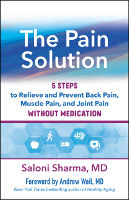 Discover a proven path to pain relief. With empathy and scientific savvy, pain expert Dr. Saloni Sharma offers a personalized and innovative five-step pain relief program built on what she calls microboosts, little steps that add up to big results. Her drug-free plan is more than just a road map to less pain. It is a guide to the greater joy, health, and well-being that every person deserves.
Discover a proven path to pain relief. With empathy and scientific savvy, pain expert Dr. Saloni Sharma offers a personalized and innovative five-step pain relief program built on what she calls microboosts, little steps that add up to big results. Her drug-free plan is more than just a road map to less pain. It is a guide to the greater joy, health, and well-being that every person deserves.
Illustrated with inspiring patient examples and personal stories.
For more info and/or to order this book, click here. Also available as an Audiobook and as a Kindle edition.
About the Author
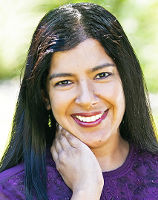 Saloni Sharma, MD, LAc, is double board-certified in pain management and rehabilitation medicine. She is the medical director and founder of the Orthopaedic Integrative Health Center at Rothman Orthopaedics in Philadelphia and has treated thousands of patients. As a nationally recognized pain expert, she serves as co-chair for pain management and spine rehabilitation for the American Academy of Physical Medicine and Rehabilitation and as a member of the national Opioid Task Force. She has directed national courses on opioid alternatives and regularly speaks and advocates for ways to manage pain without medication.
Saloni Sharma, MD, LAc, is double board-certified in pain management and rehabilitation medicine. She is the medical director and founder of the Orthopaedic Integrative Health Center at Rothman Orthopaedics in Philadelphia and has treated thousands of patients. As a nationally recognized pain expert, she serves as co-chair for pain management and spine rehabilitation for the American Academy of Physical Medicine and Rehabilitation and as a member of the national Opioid Task Force. She has directed national courses on opioid alternatives and regularly speaks and advocates for ways to manage pain without medication.
Dr. Sharma is a fellow of the Andrew Weil Center for Integrative Medicine and has studied functional medicine and lifestyle medicine. She completed her acupuncture training at Harvard Medical School. She has studied yoga and meditation at Parmarth Niketan in Rishikesh, India, and mindfulness at Thomas Jefferson University. Dr. Sharma completed Stanford University’s inaugural physician well-being director course.
Visit her website at SaloniSharmaMD.com/


